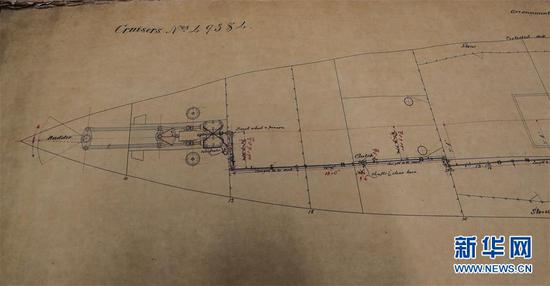Australian scientists have developed a blood test capable of saving millions of people around the world from going blind.
Researchers from Australian National University (ANU) on Wednesday revealed that their new blood test can detect patients at risk of dry age-related macular degeneration (AMD), a common disorder caused by damage to the macular that can cause blindness.
The team, led by Riccardo Natoli from ANU's John Curtin School of Medical Research, used a light model to study the deterioration of the retina's photoreceptor cells in the macular.
"The macular is the part of the retina that helps you see the grooves on your fingerprints. It is only 5.5 mm, so if an area equivalent to the size of a pin head starts dying - it renders you legally blind," Natoli said in a media release on Wednesday.
"Once that's lost, there is no repairing it.
"By looking at these photoreceptor molecules in the macular and understanding how they function, we will be able to early predict or diagnose a patient that is having systemic inflammatory responses.
"Combined with predisposition genetic information, we hope to be able to predict people who are at high risk and start treating before the disease presentation even eventuates."
Current detection methods can take years to detect AMD, by which time the damage is often irreversible.
AMD can be treated with either vitamins and minerals or surgery if it is detected early enough.
"The detection mechanisms we currently have for dry AMD happen too late," Natoli said.
"Once dry AMD starts there is a threshold tipping point and once a patient gets over that point there is nothing that can be done to save their sight.
"By the diagnosis stage, you look at the back of the eye and you already see that photoreceptors, the light sensing cells of the eye, are starting to die."


















































